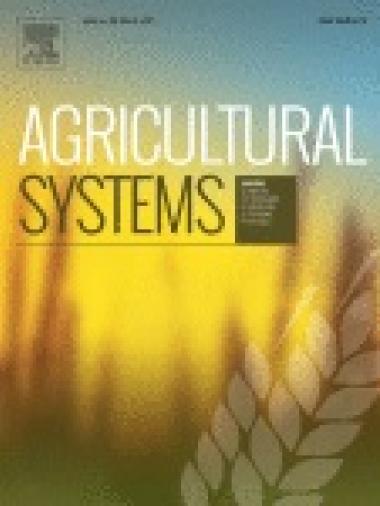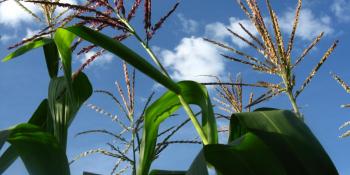Liming agricultural soils in Western Kenya: Can long-term economic and environmental benefits pay off short term investments?

Context
Soil acidification affects crop yields which can diminish farmers' incomes. Whilst soil pH can easily be increased by application of lime, in practice application must be economically viable with yield benefits offering an acceptable return on investments. Liming is a long-term investment with benefits becoming apparent over multiple years. Long-term economic strategies can be problematic for farmers who lack investment capital and who may have short-term decision time frames, such as most smallholder farmers in sub-Saharan Africa. In addition, application of lime causes substantial greenhouse gas (GHG) emissions (especially CO2). It is currently unclear how liming affects GHG emissions per tonne of maize, in cases where liming increases crop yields.
Objective
In this study, we assessed if liming acid soils is economically and environmentally viable at different levels of intensification for maize cultivation in Western Kenya.
Methods
First, a meta-analysis using a regression analysis was conducted to quantify effects of lime application on soil pH and maize yields based on 26 field experiments. Related effects on farm profit and and returns on investment were estimated for a period of five years for soils with varying levels of initial soil pH and fertiliser application. Finally, synergies and trade-offs were assessed between maize yields, economic benefits and GHG emissions.
Results and conclusions
Liming consistently increased maize yields on soils with an initial soil pH between 4.0 and 5.7 in Western Kenya, with or without fertiliser use. For a soil pH of 5, applying 2 t ha−1 lime resulted in a significant increase in maize yields of 57% (from 2.3 to 3.6 t ha −1) in the first year after application. Despite these positive effects on yield, associated profits – when including costs of labour - were only positive when liming was combined with fertiliser (N,P) application. While liming causes substantial GHG emissions per tonne lime applied, these were offset when expressing GHG emissions per tonne of grain maize, due to the observed yield increases. The pay-back period for lime investments was at least two years.
Significance
Our analysis shows that liming has potential co-benefits for food security and the environment in tropical acid soils, but we expect uptake by farmers to be unlikely without external incentives, at least in Western Kenya.
Citation
Hijbeek R, van Loon M, Quaret W, Boekelo B, van ittersum M. 2021. Liming agricultural soils in Western Kenya: Can long-term economic and environmental benefits pay off short term investments? Agricultural Systems 190:103095.

